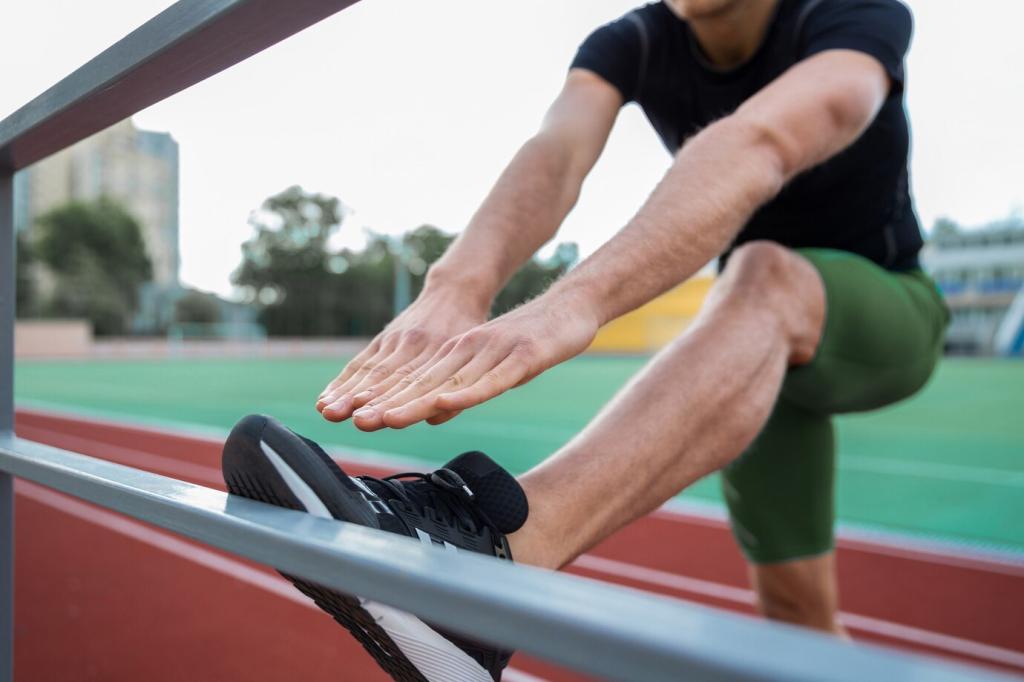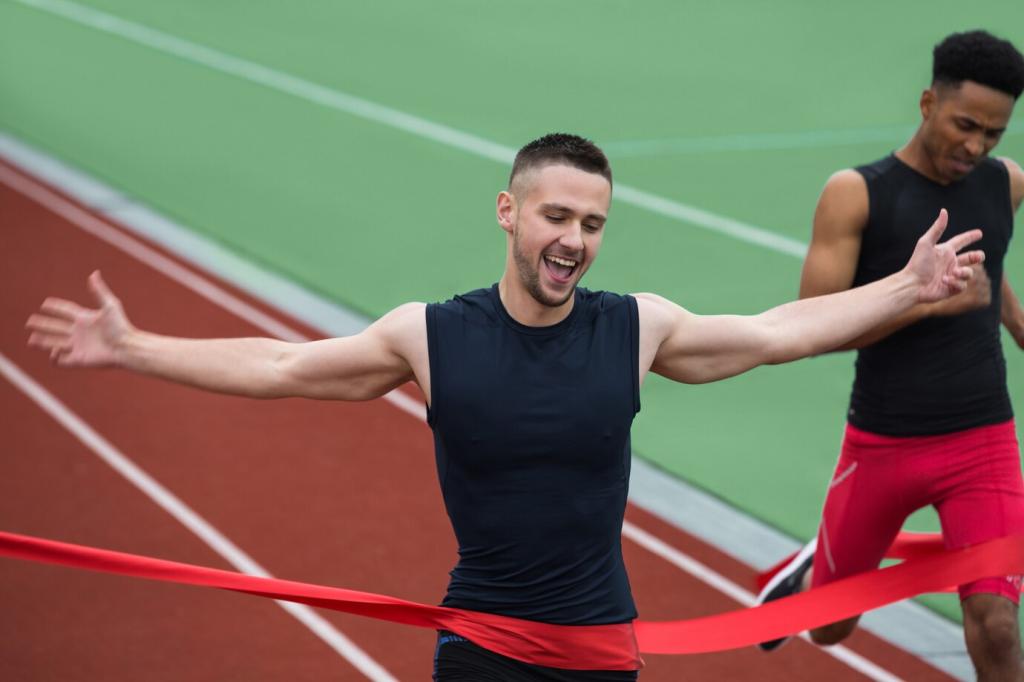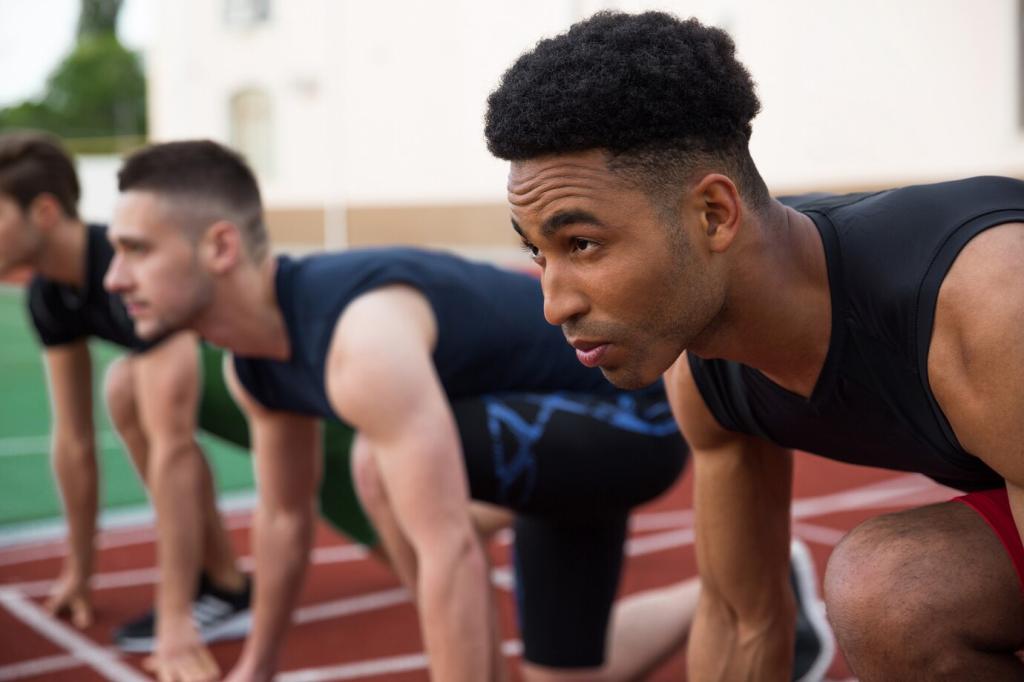Fueling an Active, Long Life
Aim for roughly 1.2–1.6 grams of protein per kilogram of bodyweight daily, spread across meals with 25–40 grams each. Prioritize leucine-rich sources to trigger muscle protein synthesis, especially post-workout and as you age. Consistent protein supports strength training, accelerates recovery, and helps protect functional muscle mass over time.
Fueling an Active, Long Life
Thirst lags behind need, so plan your fluids—especially in heat or longer sessions. Include electrolytes during sweaty workouts, and use urine color as a simple feedback tool. Even mild dehydration can sap energy and focus. Keep a bottle visible, sip regularly, and share your favorite hydration tip with our community.










